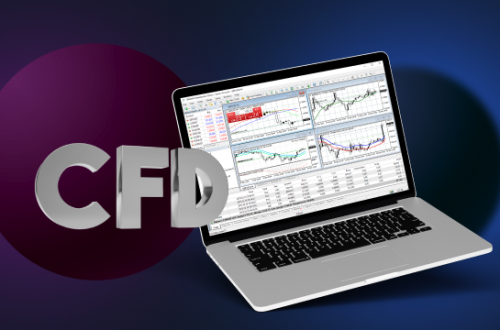The rise of automated trading has transformed the Forex market, increasing trade execution speed and altering liquidity conditions. With algorithms now responsible for a significant portion of global trading volume, spreads behave differently than they did in a manual trading environment. Traders who seek the best Forex spreads must understand how automation influences market efficiency, price stability, and overall trading costs.
Increased Market Liquidity Leads to Tighter Spreads
Automated systems operate at high speeds, executing trades in milliseconds. This continuous activity contributes to higher market liquidity, which often results in more competitive pricing. The best Forex spreads are typically found in highly liquid market sessions where algorithmic traders play a dominant role.
By providing a steady flow of buy and sell orders, automated trading reduces the bid-ask difference on major currency pairs. This benefits retail traders who execute trades under normal conditions, as they can enter and exit positions at better prices.
Spread Behavior Changes During News Events
While automated trading helps keep spreads tight during stable conditions, it can also contribute to spread widening when volatility spikes. When major economic announcements occur, algorithms adjust instantly, withdrawing liquidity and causing spreads to increase.
Even traders who usually benefit from the best Forex spreads may notice temporary cost surges during unpredictable market movements. To avoid paying higher spreads, many traders wait for price stability to return before entering trades.
High-Frequency Trading Affects Order Execution
A large portion of automated trading comes from high-frequency trading (HFT) firms, which execute thousands of orders in seconds. These systems take advantage of minuscule price differences, competing to secure the best available spreads.
Retail traders may notice that spreads appear tight, yet their orders experience slippage due to rapid market movements. The presence of automated strategies means that even the best Forex spreads do not always guarantee perfect execution, especially in fast-moving markets.
Market Depth Improves with Algorithmic Trading
One advantage of automation is its ability to provide deeper liquidity, reducing the impact of large trades on market pricing. This ensures that traders executing significant orders do not face excessive slippage, allowing for more consistent pricing across different trade sizes.
For traders looking for the best Forex spreads, deeper market liquidity reduces sudden price fluctuations. However, it is still important to consider execution speed and order routing to avoid unexpected price variations.
Adapting to an Automated Trading Environment
As algorithmic trading continues to shape the Forex market, traders must adjust their approach to take full advantage of modern trading conditions.
- Trade during peak liquidity hours to access tighter spreads.
- Be cautious around news events, as automated systems can cause sudden spread widening.
- Use limit orders instead of market orders to avoid potential slippage.
- Monitor broker execution quality, ensuring orders are processed without unnecessary delays.
Navigating the Market in the Age of Automation
Automated trading has improved overall market efficiency, offering traders access to tighter pricing and faster order execution. However, it also introduces new challenges, such as rapid spread changes during volatility and increased competition for liquidity.
By understanding the effects of automation on pricing behavior, traders can make informed decisions and continue securing the best Forex spreads for their strategies. Adjusting to these evolving market dynamics ensures a more efficient and cost-effective trading experience.





